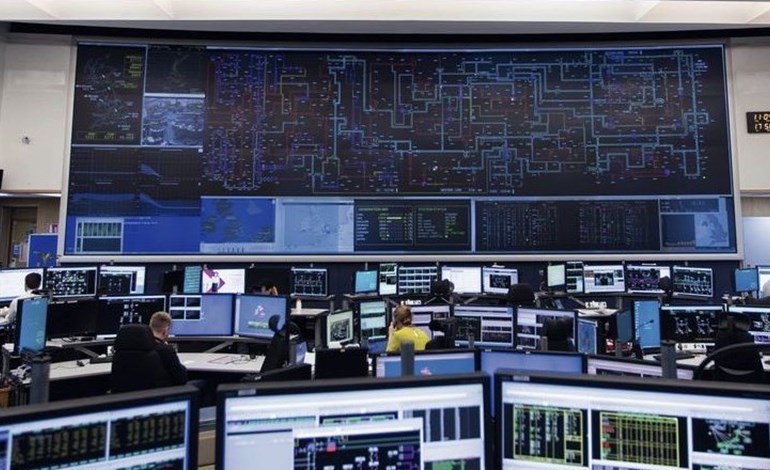National Grid ESO is to procure grid stability services from renewable generators for the first time.
From today wind, wave and solar generators will be able to offer the kind of stability services which have traditionally been delivered by conventional generators.
The move is seen as crucial to decarbonising the power system and enabling net zero, according to National Grid ESO.
It has been facilitated by a “game changing” modification to the GB Grid Code – the rulebook that sets the specification for everything that connects to the grid.
This Grid Code change sets a specification for “grid forming” or virtual synchronous machine capability which will enable renewable generators across Britain and interconnectors to compete to provide stability services alongside operators of synchronous generation.
National Grid ESO’s markets team Tony Johnson, who led the project, said: “This is a breakthrough moment, a key piece in the energy transition jigsaw, that will ensure we can operate a fully decarbonised grid and deliver on our net zero commitments.
“It’s the culmination of up to 10 years of thinking and working with stakeholders to find the common ground between what equipment is capable of doing and what the system needs.
“It also ensures that as we transition away from conventional fossil fuelled generation, we can operate the grid securely and efficiently, which will ultimately save consumers money.”
The code change means interested stakeholders can now prepare their equipment to meet the required specification to be able to participate in the procurement process for system services including providing inertia and frequency support.
This is currently being progressed through National Grid ESO’s stability pathfinder projects.
Having a stable grid is crucial to delivering a reliable electricity supply.
It ensures a steady frequency of 50Hz is maintained and voltages don’t fluctuate which also protects equipment.
“Grid forming” ability allows converter connected equipment (equipment connected to the network through a HVDC converter, such as renewable generation or interconnectors) to provide system stability support in a similar way to conventional generators that are directly connected to the transmission system.
It is achieved by the converter’s control system responding very quickly to system conditions which simulates the response of traditional plant.
This supports the transition of the system away from conventional fossil fuelled generation, ensures continued system security as this transition takes place and saves consumers money by helping the ESO to efficiently operate the system.
Britain is the first country to have achieved this step, which is being watched with interest by system operators and manufacturers around the world.

